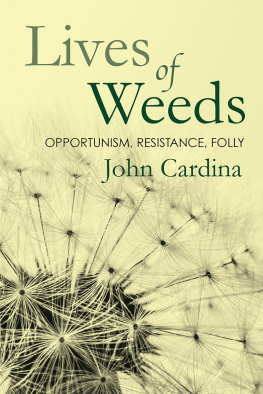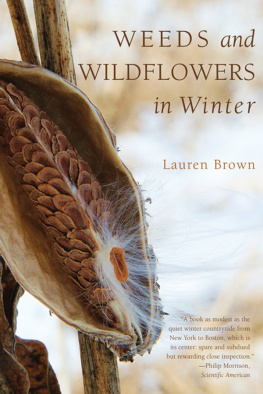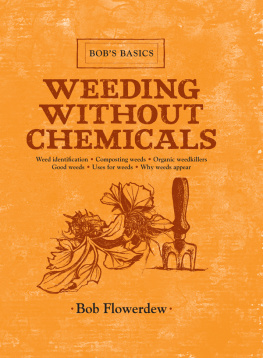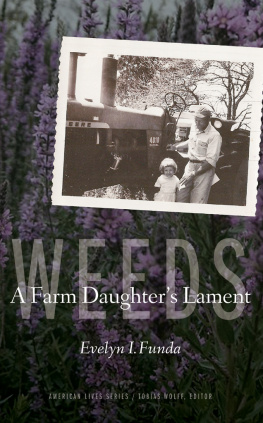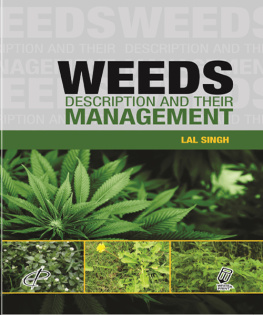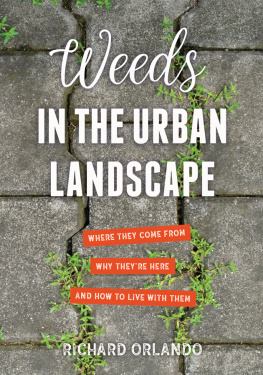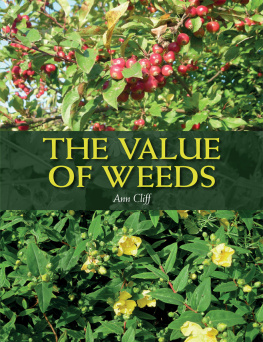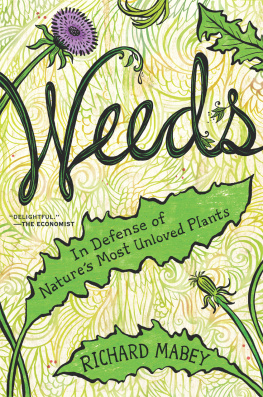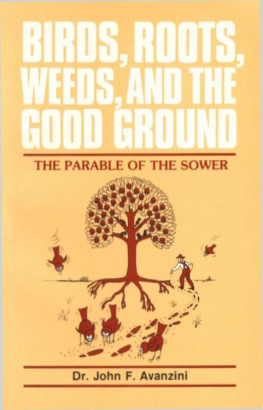ACKNOWLEDGMENTS
I am indebted to more people than I have space to mention or memory to recall. I would like to thank Kitty Liu at Cornell University Press for championing this project and encouraging my efforts to bring it about.
This book never would have gone beyond scrawled notes on scraps of paper without the love, support, and enthusiasm of my first, best, long-lost and finally found editor, Barbara Hoekje, whose close reading and kind suggestions on every draft of every chapter helped me see my way into the material and onto the page with new clarity.
I am incredibly fortunate to have entrusted my brother, Tim, with this text. His meticulous reading, editorial suggestions, and corrections on history and medical issues were always delightful. Infinite thanks to Caitlin and Mollie for loving, artful, daughterly advice. I thank many other helpful readers, especially Daniel Olivieri and James F. Sassaman, who took on the challenge of unfamiliar subject matter.
I spent many hours on country roads and in fields with John Holliger, poet and landscape photographer, whom I convinced to turn a lens toward weedy plants. His approach to art and life helped me see and understand the weedy world more clearly. I thank him for allowing me to include the images that appear in these pages.
I acknowledge the work of the wise people who digitized and made available thousands of primary sources of botanical literature which I have drawn on generously. I especially thank librarians at Ohio State University, including Connie Britton, Florian Diekmann, Laura Miller, and Gwen Short; Duncan McClusky at the Georgia Coastal Plain Experiment Station Library; and the helpful staff at the Philadelphia Academy of Natural Science as well as the New York Botanical Garden.
I deeply regret that I could not share this writing with Ted Webster and Ben Stinner, two colleagues whose friendship and perspectives I have tried to represent faithfully. Their reading and insights would have made this a better book.
Many academic colleagues have provided ideas and insights that led me to look at weeds in new ways. I especially thank Jim Metzger, chair of the Department of Horticulture and Crop Science at Ohio State University, for allowing me the freedom to work in places and ways that fit my schedule and approach to writing. Research and ideas on the interactions between weeds and people were inspired by many, including M. K. Antwi, Katrina Cornish, Adam Davis, Jack Dekker, Toni DiTommaso, Doug Doohan, M. K. Dzasimatu, Frank Forcella, Jonathan Fresnedo-Ramirez, Kent Harrison, Dan Herms, Casey Hoy, Zahid Hussain, Parwinder Grewal, George Kegode, Matt Kleinhenz, David Kline, Ramon Leon, Mark Loux, Ed McCoy, Richard Moore, Emilie Regnier, Debbie Stinner, and Charles Swann. Working with graduate students motivated this writing, and I hope did not hinder their careers, especially Lynn Sosnoskie, Stephanie Wedryk, Robert Gallagher, Jing Luo, Mark Thorne, and Brian Iaffaldano. I have been gifted with technical research support from the best research assistants anyone could have, in particular Catherine Herms, Denise Sparrow, Paul McMillen, and Steve Hansen.
I thank the many farmers, gardeners, and extension educators who have been my teachers and guides to practical issues and philosophical perspectives in ways that have been especially helpful, understanding, and patient. I apologize to anyone I have forgotten to list. For those mentioned in these stories, I ask forgiveness if my account of events is in any way faulty.
Dandelion, Taraxacum officinale.
DANDELION
In the late 1980s I moved back to my boyhood state of Ohio to take a job doing research and outreach education on weedy plants. Ohio was an ancient crossroad for travelers who spread a diverse mix of weed species along its rivers and trails. The promise those travelers sought in the rolling hills and verdant plains had been tarnished by industrial and agricultural contamination of Great Lakes and Mississippi River watersheds. The environmental movement had started, in part, in response to industrial fires on the Cuyahoga River, on whose watershed I was raised. Now, weed-killing herbicides were polluting the air and water. Im from the Silent Spring generation; I felt compelled to be part of the movement that would find safer ways to grow food and other crops. Thats why I had studied weeds in the first place.
Word got around about the new weeds guy in town, and I started getting phone calls and visitors. Farmers drove for hours to share struggles with weeds, just like the specimen theyd kept under the car seat for three weeks. Minifarm homesteaders presented pollen-puffing bouquets with a look that begged for deliverance. I enjoyed the puzzle of new weeds spreading into wheat fields and stories of botanical blemishes taking over homeowners yards and lives. It was a way to put my training into practice, using weedy plants to teach about ecology and the environment.
From spring to fall came questions about common dandelion (Taraxacum officinale). With its butter yellow flower and whiskery seed puffs that delight children everywhere, dandelion is among the most easily recognized plants on earth. It is also one of the most deeply despised. Between delight and antipathy were things about dandelions that didnt make sense to me.
A bush in the forest, a roadside bloom, a spring ephemeral, a pasture wildflowerpeople pass them by. They trigger no emotion (maybe joy), evoke no response (maybe serenity). Not so the dandelion. Why the difference? The plant is not competitive, aggressive, or overtly obnoxious. It has no barbs, spines, or nasty odor. It is neither poisonous nor ugly. I had worked with serious weeds that destroyed fields, poisonous weeds that killed livestock, and parasitic weeds that sucked dry the crops that would feed a family. But dandelion simply filled little gaps in a lawn. I could hardly call it a weed.
When sincere, anxious homeowners brought me a specimen, I couldnt help asking if the offending plant was doing real harm, making anyone sick, interfering with performance of daily functions. After an uncomfortable pause, the response was never, Help us find a way to live with it. Instead it was, Look, just tell me what to spray so I can kill it. Somehow, that yellow flower surrounded by a flat rosette of leaves had become enmeshed in a sense of personal status and moral decency. People willingly spent scarce resources and risked their own health and safety to be rid of it. I saw an insignificant yellow-flowered stray. Others saw something else. As the weeds guy, I had to figure this out.
The End of Sex
Dandelions belong to a huge plant family, the Asteraceae, which includes sunflowers, chrysanthemums, and about twenty-three thousand other species. The Aster family evolved between 60 and 30 million years ago on the
The dandelion ancestors were sexually promiscuous. Pollen flew from male anthers to female stigmas of flowers on the same plant and flowers of their neighbors. Genes from one plant got mixed up with those of others in millions of new combinations. Every combination of genes (genotype) was a genetic experiment, a test of traits for survival and for making more would-be dandelions.
One successful gene combination produced parachutelike appendages that carry seeds into the air. This feathery structure, known as the pappus, folds itself in, allowing many seeds to be packed on a composite flower head. It folds out to carry seeds away on updrafts of air. The pappus is aerodynamically engineered so a seed falls, not straight down, but at an angle, and not any angle, but the angle that allows tiny barbs on the seed edges to anchor the seed in the soil. Another successful genetic experiment led to a hollow stemlike scape, a flexible stalk that wont break in a strong wind. The scape shoots up to display a blooming flower head, bends down to protect developing embryos, and shoots up again to disperse the matured seeds.

